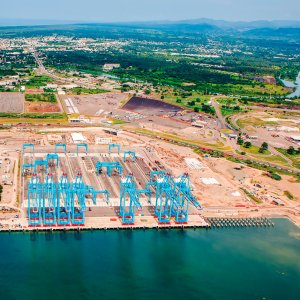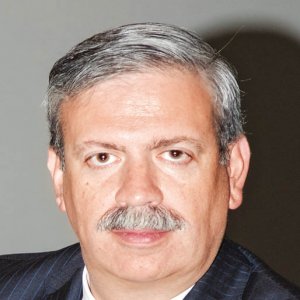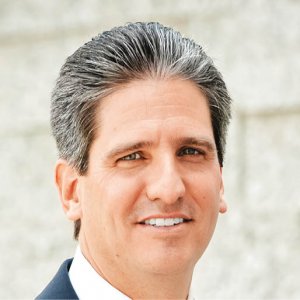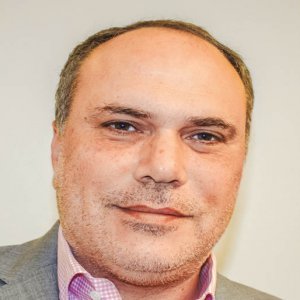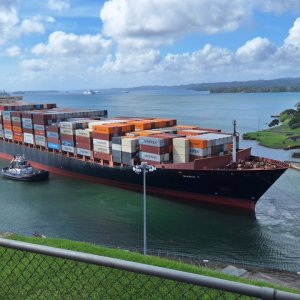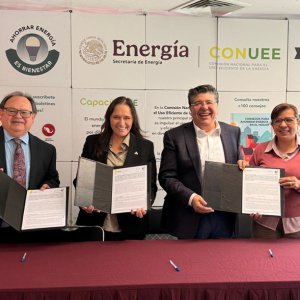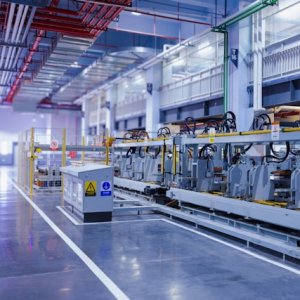Dollar-Dominated Sector Avoids Rate Impact

STORY INLINE POST
Q: How do exchange rate fluctuations influence the planning of industrial real estate companies like FINSA?
A: Our sector has always been dollar dominated. Practically every lease quote is dollarized, which consequently impacts transactions for the retail and office sector, as well as the industrial sector overall. US pension funds that invest with us expect to receive returns in the same currency and Mexico’s industrial sector can offer that. The current exchange rate has benefited our sector more than it has impacted it and Mexican pension funds, our investors, receive their returns in dollars with only a domestic risk exposure.
Q: What are the investment dynamics in the northern and central regions, as well as the booming Bajio region?
A: Northern border towns will continue to exploit the interest of US companies in establishing operations in Mexico. As OEMs integrate their investment networks, regions like the Bajio have become more important for the industry. There are 10 new OEMs in Mexico that have attracted a large number of suppliers into the country. The Bajio corridor that connects Aguascalientes, Guanajuato, Queretaro and Puebla has become increasingly important. These states have gone through exceptional transformations directly related to the automotive industry. Cities such as Monterrey also are seeing plenty of industry diversification. KIA has channeled large volumes of Korean investment to the city, for example. Saltillo, Coahuila and the Ramos Arizpe corridor, which are home to Chrysler, GM and Freightliner, have done exceptionally well, although Tijuana remains the main market on the western coast due to its proximity and solid relationship with California, with Mexicali close behind. Juarez, Chihuahua has shed its stigma as an unsafe city and thanks to its existing clientele, its already-fruitful production base will expand in the near future. Guadalajara is still an unexploited market that we must expand into.
Q: As competition grows, what factors will drive FINSA’s success?
A: We must offer more advanced solutions to our clients. FINSA has been in the Mexican market for 39 years so our performance and capabilities are well known. We have the capital necessary to service any type of project, from a simple warehouse facility to sophisticated metal stamping. FINSA only takes part in LEED-certified projects. Our newest parks offer an integrated solution not only for industrial developments but also for housing and retail projects. We have been fortunate enough to work with different groups from multiple countries, including German, French, Spanish and US companies. FINSA believes that its local team must be bilingual, bicultural and bitechnical.
Q: How does the company generate and allocate capital?
A: We have a number of international partners that have helped us raise capital. AIG Global Real Estate was one of FINSA’s main US partners, investing in the Latin American market through its real estate arm. GE Capital was another partner that helped us tremendously. Today, Walton Street Capital is crucial to our operations. It is an extremely active real estate fund in the US and works exclusively with FINSA in Mexico. Real estate is capital intensive and FINSA works to raise funds and retain bank availability to ensure the capital needed to meet the market’s growth. The maquiladora industry has been growing at a steady 20 percent pace since the 1970s, which has forced our segment to raise the capital needed to meet demand. Besides offering high-quality service and products, capital availability is essential for FINSA. The Matamoros, Tamaulipas industrial park is FINSA’s oldest development but this is not immediately evident because we always upgrade and install the highest quality infrastructure.
Q: To what extent is FINSA interested in investing in housing and hospital projects?
A: FINSA’s newest parks were designed to integrate additional services such as housing and medical centers. If we can join forces with housing developers, we will capitalize on that opportunity. We usually reserve space for future developments such as back offices or hotels. FINSA also is working with the National Institute of Social Security to develop daycare programs. We opened a daycare center in February 2016, which provides free services to employees at our Guadalupe, Monterrey industrial park. Four centers of this sort have been opened so far.
